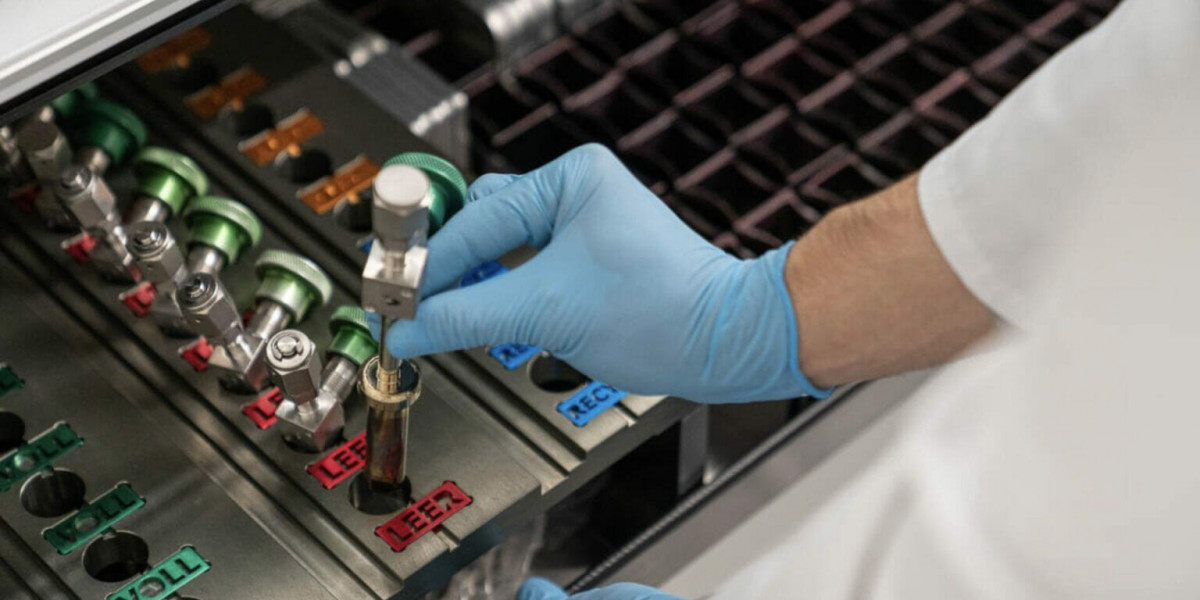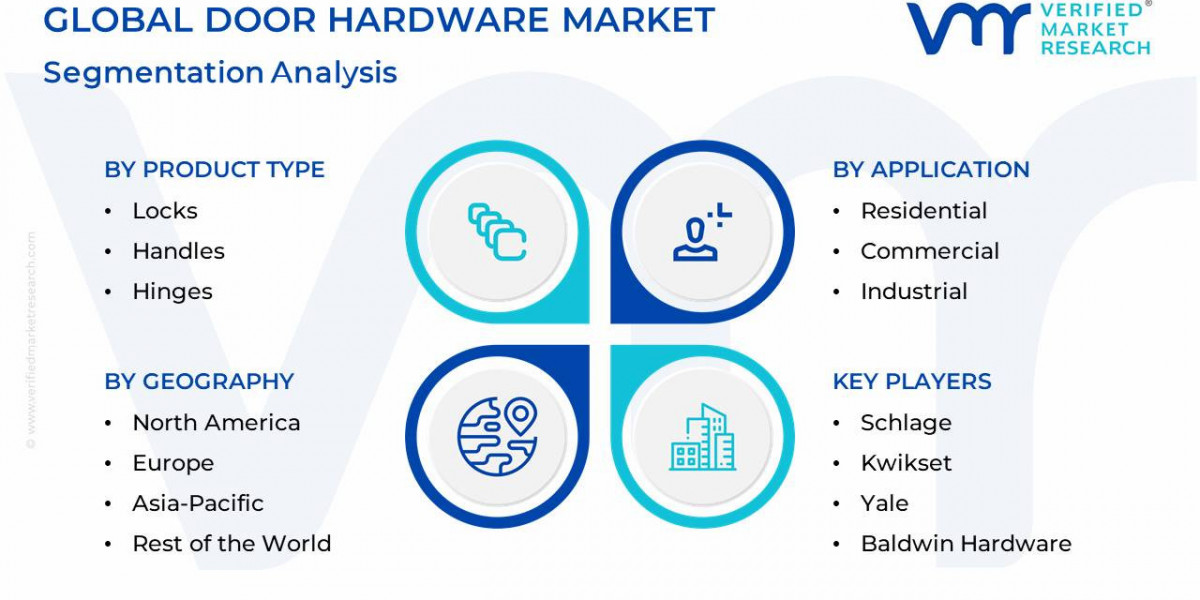Businesses today face security challenges that outdated, standalone systems simply cannot address effectively. Traditional security setups—where surveillance cameras, access control, and alarm systems operate independently—operating inefficiently, and causing gaps in security.
The solution lies in integrated security systems that unify all components into a cohesive, intelligent network. These connected systems don't just react to incidents; they anticipate threats, streamline responses, and create a foundation for comprehensive organisational safety.
The benefits of integration go further than just basic security. When systems work together seamlessly, businesses gain operational advantages that touch every aspect of their workplace—from protecting physical assets to fostering employee confidence and productivity.
This interconnected approach transforms security from a cost centre into a strategic asset that delivers measurable returns. In this blog, we will examine five compelling ways integrated security systems create safer, smarter workplaces while driving tangible business value.
1. Faster Emergency Response Through Real-Time Situational Awareness
One of the most critical advantages of integrated security systems is their ability to accelerate emergency response times dramatically. Many security professionals often waste valuable time piecing together information from disconnected systems—including checking camera feeds after an alarm sounds, manually verifying access logs, or dispatching guards to investigate unverified alerts. This fragmented approach can cause dangerous delays when under pressure.
However, integrated systems can resolve these issues by piecing events together. When motion sensors detect unusual activity, connected cameras immediately focus on the area while the system checks access control records to verify whether the movement comes from an authorised individual - or an illegitimate source. Fire alarms don't just sound the alarm—they simultaneously unlock emergency exits, activate evacuation lighting, and notify first responders with precise location data. This level of coordination ensures that potential threats are identified, verified, and addressed immediately.
The operational impact becomes particularly clear in scenarios like unauthorised after-hours access attempts. Where a traditional system might simply log a door forced open alert, an integrated solution would instantly pull up live camera feeds of the area, cross-reference employee badge data, and automatically notify security personnel with all relevant information compiled into a single actionable alert. This comprehensive situational awareness enables faster, more informed decision-making during critical incidents.
2. Intelligent Threat Verification To Reduce False Alarms
False alarms aren’t just an inconvenience—they create operational disruptions, waste security resources, and, most dangerously, breed complacency. When staff become accustomed to frequent false alerts, they may start ignoring warnings altogether, with potentially catastrophic consequences. Traditional motion detectors, glass-break sensors, and other standalone alarm components frequently trigger unnecessarily due to benign environmental factors like moving shadows, wildlife activity, or even changes in lighting.
Integrated security systems solve this pervasive problem through multi-layered threat verification. Advanced solutions use artificial intelligence to analyse correlations between different system inputs before declaring an alert. For example, a motion sensor trigger might first prompt the system to check corresponding camera feeds for visual confirmation of human activity rather than just animal movement or shifting debris. Audio analytics can distinguish between actual breaking glass and similar-sounding noises, while access control data provides context about whether detected movement comes from authorised personnel.
This intelligent filtering produces remarkable results. Organisations implementing integrated systems routinely report false alarm reductions of 80% or more, allowing security teams to focus their attention on genuine threats. The benefits compound over time as machine learning algorithms become increasingly refined at recognising normal patterns of activity for specific locations and times. Perhaps most importantly, by eliminating false alarms, these systems ensure that when real emergencies occur, responders take immediate action rather than assuming another false alarm.
3. Centralised Command And Control For Operational Efficiency
The operational burden of managing multiple disconnected security systems creates significant inefficiencies and security gaps. Security personnel often find themselves constantly switching between different software platforms—checking camera feeds in one application, reviewing access logs in another, and monitoring fire systems in yet another interface. This disjointed workflow not only slows response times but increases the likelihood of missing critical details that fall between systems.
Integrated security platforms solve this challenge by providing a unified command centre that consolidates all security functions into a single intuitive interface. Modern solutions display live camera feeds alongside real-time access control events, alarm statuses, and environmental monitoring data on customisable dashboards. Security teams gain immediate visibility into the complete security posture of the facility without toggling between applications or piecing together information from disparate sources.
The advantages of centralised control extend beyond the security operations centre. Mobile applications allow authorised personnel to monitor systems and receive alerts from anywhere, enabling rapid response even when off-site. Automated reporting tools compile data from across the integrated systems to generate comprehensive incident reports with timestamps, visual evidence, and system logs—valuable both for post-incident analysis and compliance documentation. Perhaps most significantly, this consolidation reduces training requirements and minimizes human error by presenting security personnel with a single, consistent interface for all monitoring and response activities.
4. Enhanced Workplace Safety And Employee Confidence
While physical asset protection often dominates security discussions, the most valuable—and vulnerable—organisational assets are the people who work within its facilities. Integrated security systems create safer work environments through features specifically designed to protect employees while respecting their privacy and productivity. Modern solutions go beyond basic surveillance to provide comprehensive personnel safety mechanisms.
Connected panic button systems exemplify this employee-focused approach. When activated—whether through wall-mounted stations, wearable devices, or mobile apps—these systems don't just sound an alarm. They immediately alert security personnel while activating nearby cameras to provide visual confirmation, displaying the caller's location on facility maps, and in some cases even locking down adjacent areas to contain potential threats. Visitor management integrations screen guests against watchlists while automatically logging their movements through the facility, ensuring accountability without creating an oppressive security atmosphere.
The psychological impact of these integrated safety measures should not be underestimated. Employees who feel genuinely protected in their workplace demonstrate higher morale, engagement, and productivity. Integrated systems also support duty of care obligations by providing tools like mass notification capabilities during emergencies and muster reporting features that account for all personnel during evacuations. In high-risk environments, wearable technology can monitor employee vital signs or detect falls, automatically alerting medical responders with precise location data.
5. Cost Optimisation And Future-Proof Scalability
The financial case for security integration has never been stronger. While the upfront investment may exceed that of piecemeal solutions, the long-term operational savings and risk mitigation benefits create compelling ROI. Integrated systems reduce costs through multiple pathways, beginning with staffing efficiencies. Automated monitoring and intelligent alerting reduce the need for constant human surveillance, allowing security personnel to focus on strategic priorities rather than routine monitoring.
Energy management integrations demonstrate how these systems create value beyond traditional security. By linking occupancy sensors with lighting and HVAC controls, organisations can achieve significant utility savings without compromising safety. Maintenance costs decrease when all components operate on a unified platform with centralised diagnostics and automated system health monitoring. Perhaps most importantly, integrated systems reduce organisational risk exposure by preventing security incidents that could result in theft, liability claims, or operational disruptions.
The scalable architecture of modern integrated solutions ensures they grow with the organisation. Cloud-based platforms make adding new locations or expanding existing systems straightforward, while open-architecture designs allow for seamless incorporation of emerging technologies. This future-proofing protects investments as security needs evolve, whether adding license plate recognition to parking facilities, integrating new AI analytics tools, or incorporating IoT sensors for environmental monitoring.
Integration As A Strategic Advantage
The transition from standalone security components to fully integrated systems represents more than just a technological upgrade—it signifies a fundamental shift in how organisations approach safety and risk management. These connected solutions create workplaces that are not just more secure, but more intelligent, efficient, and responsive to both routine operations and emergency situations.
The business case extends beyond risk mitigation to encompass operational excellence, employee satisfaction, and financial performance. In an era where threats evolve constantly and organisational resilience is paramount, security integration provides the visibility, coordination, and intelligence needed to protect people, assets, and reputation.
For organisations ready to take the next step, the path begins with a comprehensive assessment of current systems and vulnerabilities, followed by a phased implementation plan that prioritises critical integration points. The result will be a security ecosystem that doesn't just respond to incidents, but anticipates them; doesn't just record events, but analyses them; and ultimately transforms security from an operational necessity into a strategic advantage.
The question for modern businesses isn't whether they can afford to implement integrated security systems—it's whether they can afford not to. In today's risk landscape, disconnected solutions create vulnerabilities that no organisation should accept. The future of organisational security is integrated, intelligent, and, most importantly, effective.









